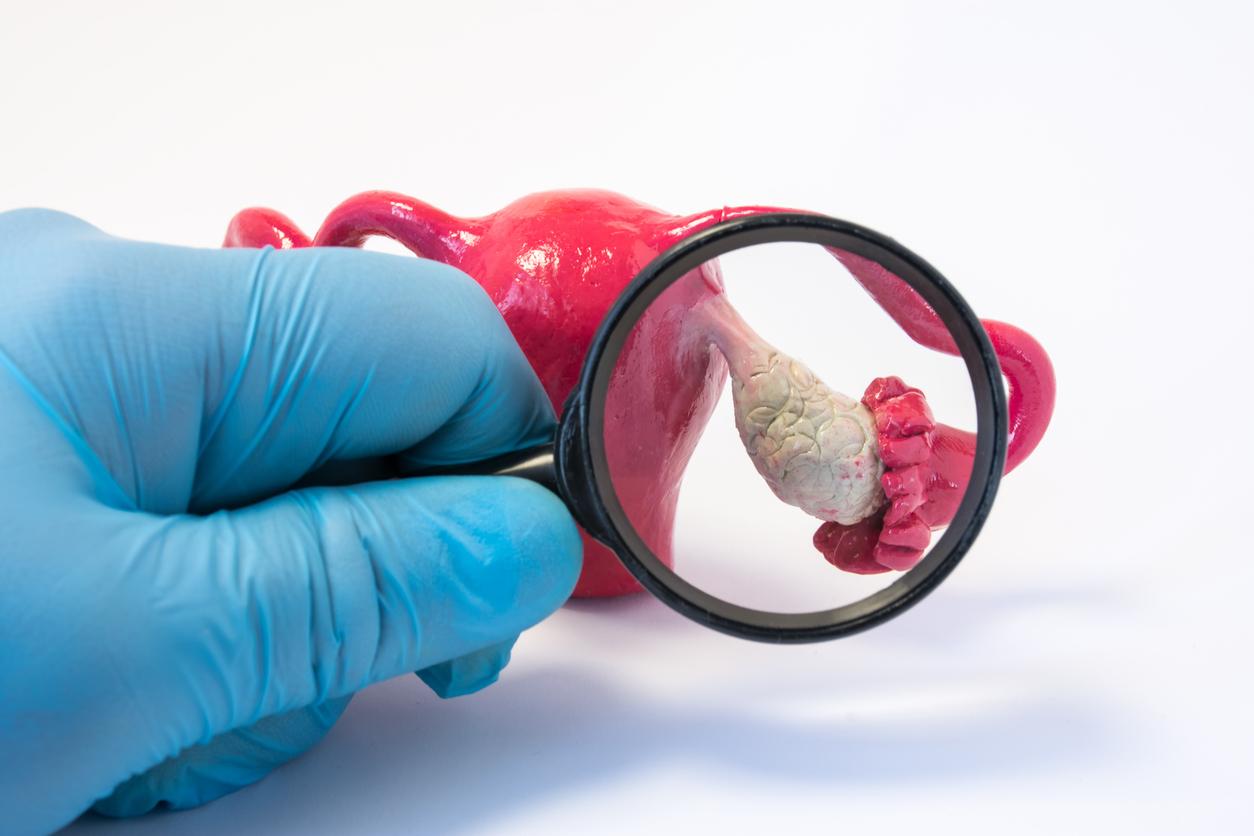Do you know the trichomoniasis, this sexually transmitted infection caused by the parasite trichomonas vaginalis? More common than chlamydia and gonorrhea with 129 million cases worldwide in 2020 according to the WHO, trichomoniasis is asymptomatic in almost half of casesespecially in men.
In cases where sufferers suffer from symptoms, they usually appear one month after the initial infection, which takes place during a unprotected sex. In women, the symptoms can be the following:
- Abnormal vaginal discharge which may be thick, thin or frothy;
- Losses of yellow-green color with unpleasant odors;
- Pain or itching around the vagina;
- swelling;
- Pain during sex or urination.
In men, symptoms range from pain when urinating or ejaculating to localized swelling in the penis.
More cases among minority women
And according to a study, conducted by PreventXa remote sexual health testing provider, this STI affect women of color more. Indeed, 5.2% of black women with vaginal discharge tested positive for trichomoniasis compared to 3.4% of white women. In those without symptoms, the positivity rate was 2% in black women compared to 0.6% in white women.
Trichomoniasis infection was also more prevalent among women from disadvantaged backgroundswith a rate of 5.9% in the quintile of the most disadvantaged women against 1.4% of those in the wealthiest quintile.
But what are these differences due to? “We are seeing higher rates of trichomonas vaginalis in disadvantaged communities and this may be a key factorsaid Dr Vanessa Apea, medical director of PreventX, told Radio 1 Newsbeat. We know that in some groups it can take longer to come to a clinic because they are nervous – and that can prevent many people from getting tested..”
What are the risks of a trichomonas vaginalis infection?
In addition to the symptoms, which can sometimes be unpleasant, trichomoniasis can lead to an increased risk of HIV and complications during pregnancy if left untreated. “Not only do we see chronic infections in people whose TV has gone untreated for a long time, but in pregnant women TV can cause premature birth or lead to low birth weight“, says Dr. Apea to the magazine Stylist.
To get rid of it, the treatment is generally very simple and consists – like chlamydia – in taking antibiotic treatment. “However, we are seeing an increasing number of infections which are becoming increasingly difficult to treat with the medicines available to us, so it is very important to get tested and treated as soon as possible if you think you may have the disease.“, warns Dr. Apea.
Sources:
- Trichomonas vaginalis: Ethnic minorities more likely to get ‘unknown’ STI, BBC NewsJune 21, 2022
- Trichomonas vaginalis: an “unknown” STI that can increase HIV risk is surging among women of color, Stylist21 Jun 2022
Read also:
- STI: no, you can’t cure gonorrhea or syphilis by rubbing vinegar on your genitals
- The vaccine against meningitis B effective in protecting against gonorrhea?
- Donovanosis: what is this “flesh-eating” STI?

















